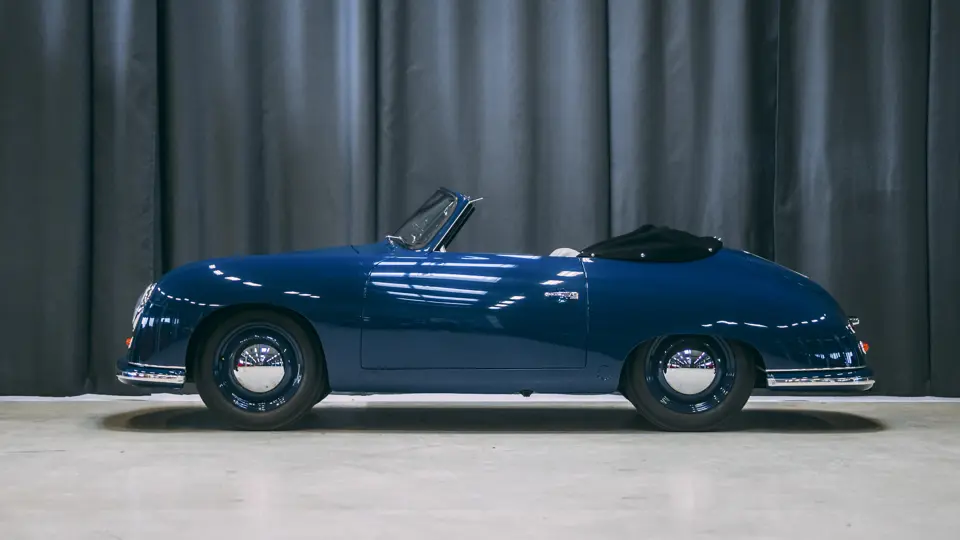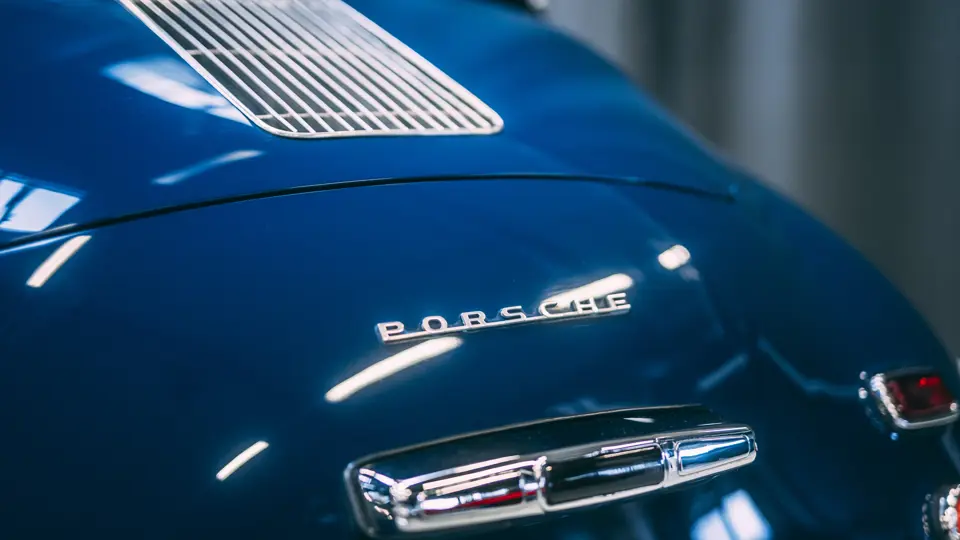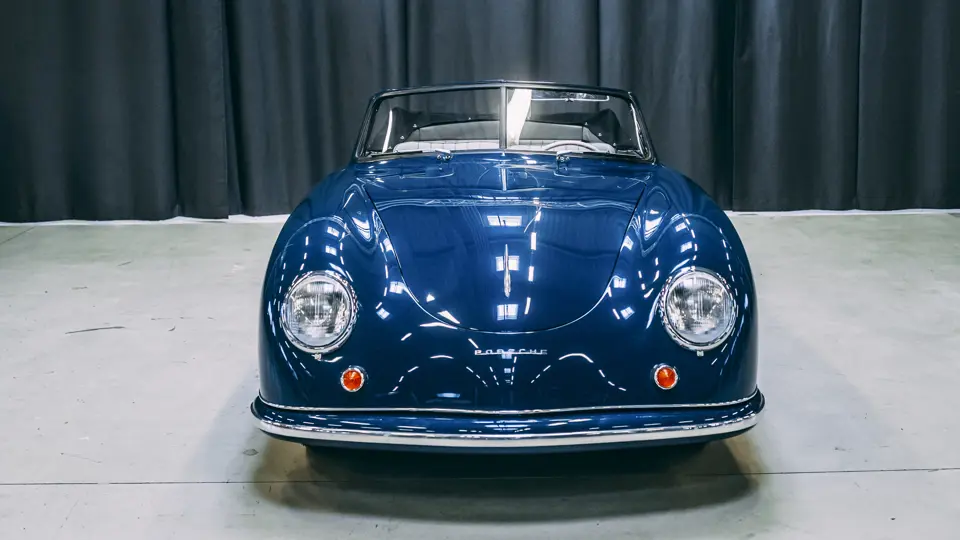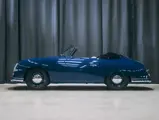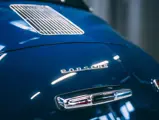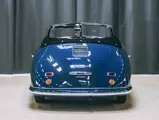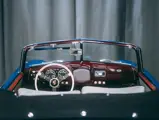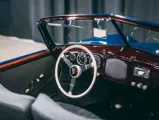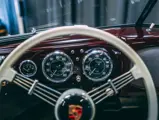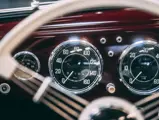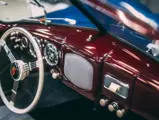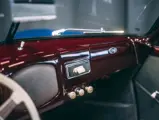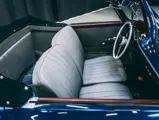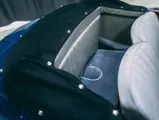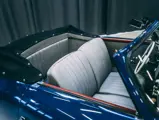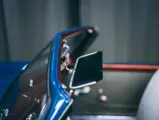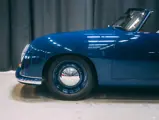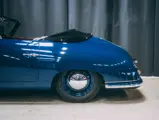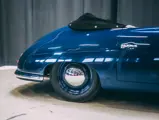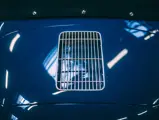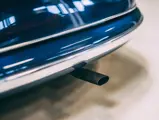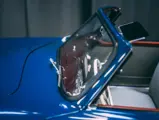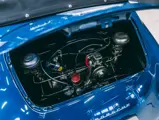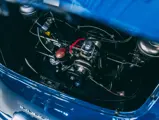
1952 Porsche 356 'Split-Window' Cabriolet By Gläser
{{lr.item.text}}
€500,000 - €600,000 EUR | Not Sold
{{bidding.lot.reserveStatusFormatted}}
- One of 242 cabriolets built by Gläser between 1950 and 1952
- An early example of one of Porsche’s iconic first models
- Delivered new to Germany and accompanied by period registration documents
- Subject to vehicle appraisal and evaluation by DEKRA in 2011
In the early-1950s, the fledgling Porsche marque sought to establish true series production following its relocation from Gmünd, the small Austrian village in the Alps, to Stuttgart, the bustling German industrial area. The automotive manufacturer’s preferred coachbuilder, Reutter, experienced an occasional overload of orders, compelling Porsche in 1950 to send a handful of 356 cabriolets to Gläser, the Weiden-based firm that had clothed luxurious convertibles for Horch, Maybach, and Mercedes-Benz.
In 1951, this arrangement became more formalised, as Gläser built 106 cabriolets with their own distinct numbering. The following year, the coachbuilder also began building the America Roadsters that became the basis for the legendary Speedster. In total, between 1950 and 1952, Gläser built 17 America Roadsters and 242 356-based cabriolets, which have grown to be particularly desirable. It is reported that the manufacturing arrangement between Porsche and Gläser was economically unviable for the coachbuilder, allegedly losing money with every model they made, and the company declared bankruptcy in 1953.
This beautifully restored 356 Pre-A is just the fourth Gläser cabriolet built in 1952. According to a period Kardex document, chassis number 10436 was finished in “Azurblau” paint with a “Leder hellgraues” interior and was delivered in late January 1952 to Raffay & Co, an authorised Porsche dealer in Hamburg, Germany. The car’s first registered owner was Constanze-Verlag GmbH, a publishing company in Hamburg, and it proceeded through a chain of owners in Hamburg up to 1965. The car’s period “Pappdeckel-Kraftfahrzeugbrief” registration document remains with the vehicle. At the time of cataloguing, the consigning owner was in the process of applying for a new registration title in Germany.
By the early 2010s, the 356 had been acquired by a German collector, as evidenced by an appraisal by DEKRA Automobil GmbH of Münster in 2011. The Porsche is fitted with a period-correct 1,300 cc “Type 506” engine. As one of fewer than 130 examples bodied by Gläser in 1952, this rare cabriolet abounds in distinctive early details like the split-window arrangement and unadorned coachwork. It would make a brilliant acquisition for any marque collector, ideal for display at Porsche gatherings and regional concours d’elegance events, or for enjoyment on the open road. The Porsche looks resplendent with its dark blue finish matched with its black fabric cabriolet hood, rewarding it with the visual appeal of a coach-built collectable classic of its era.




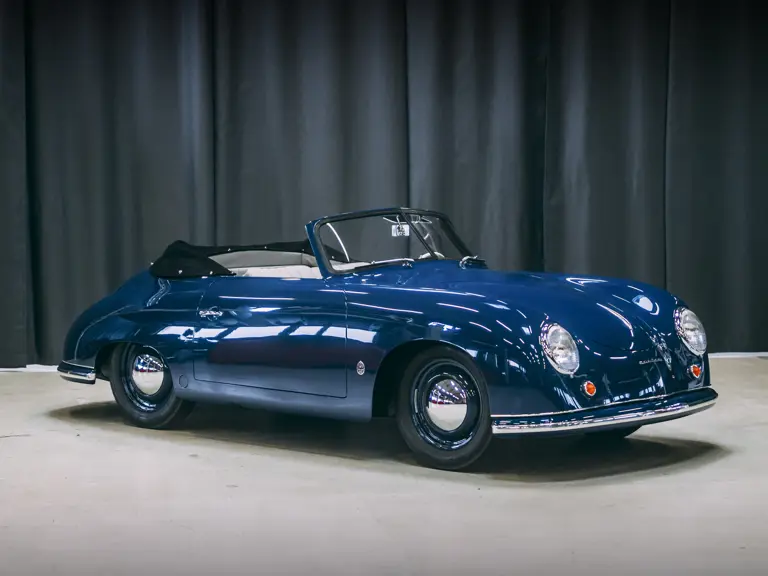
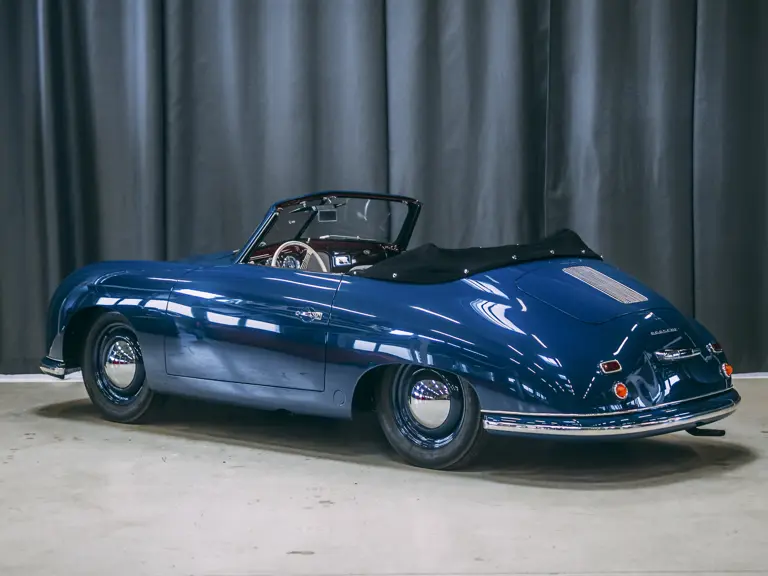


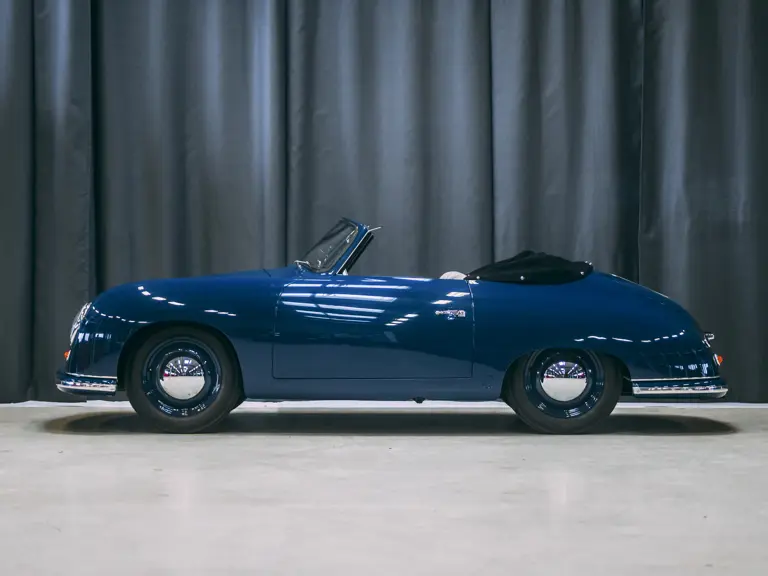


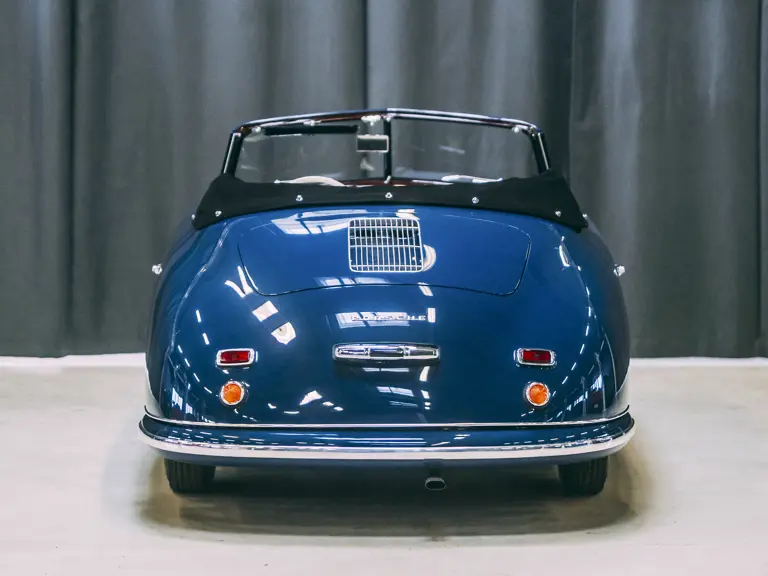

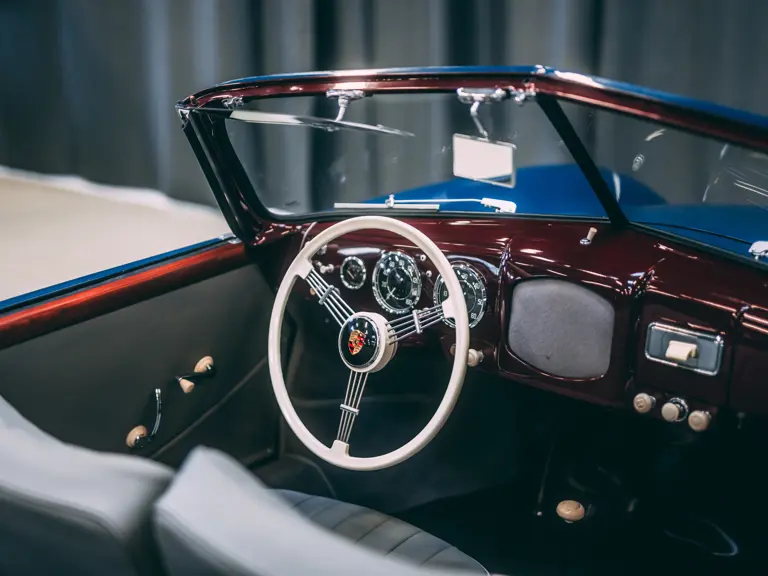
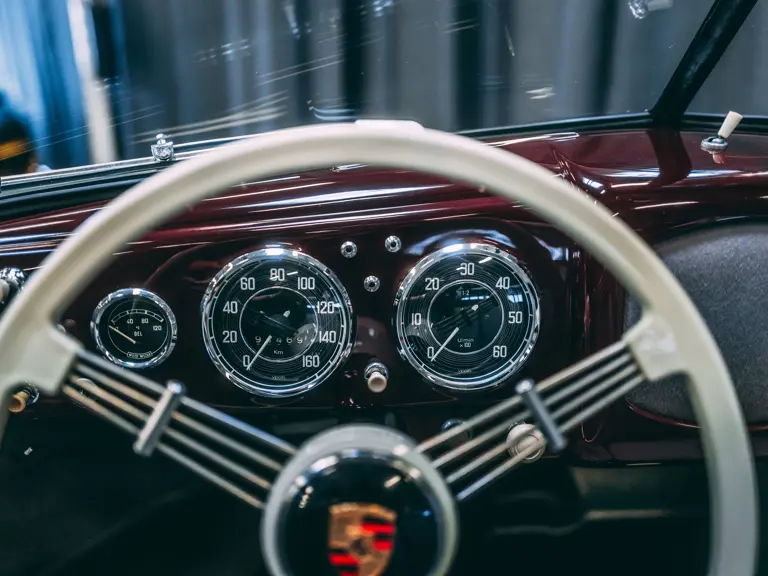
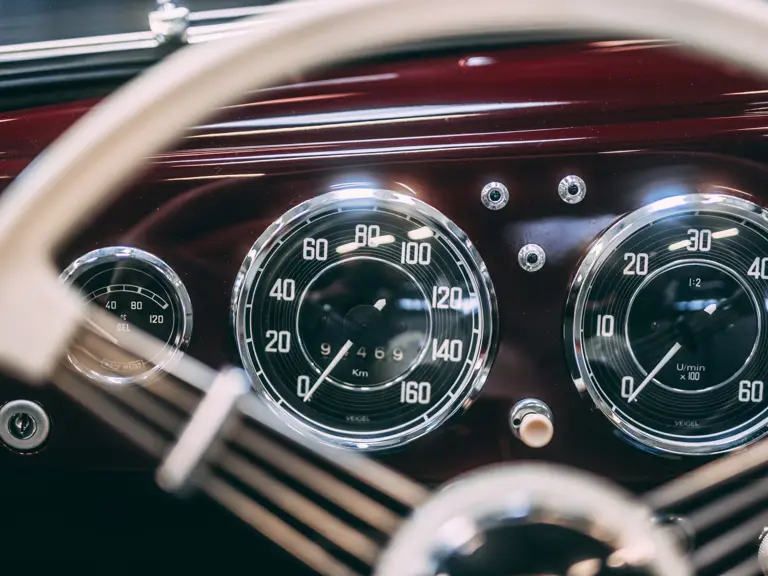
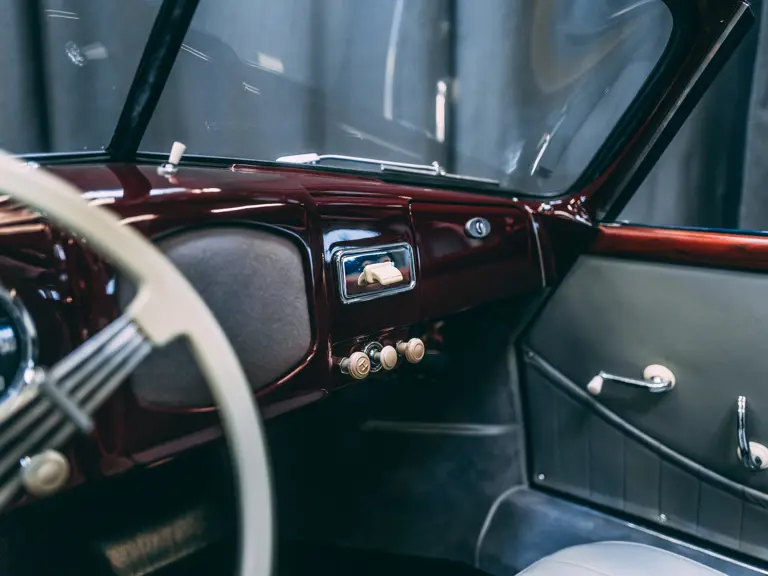
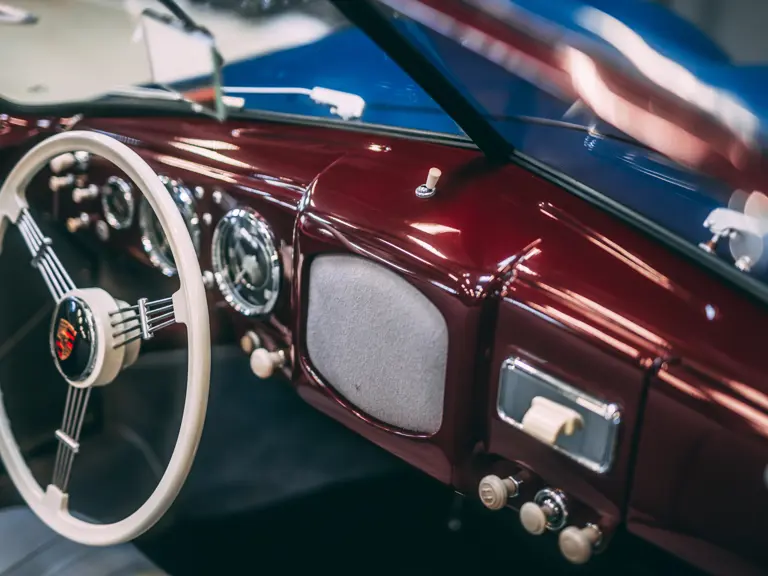
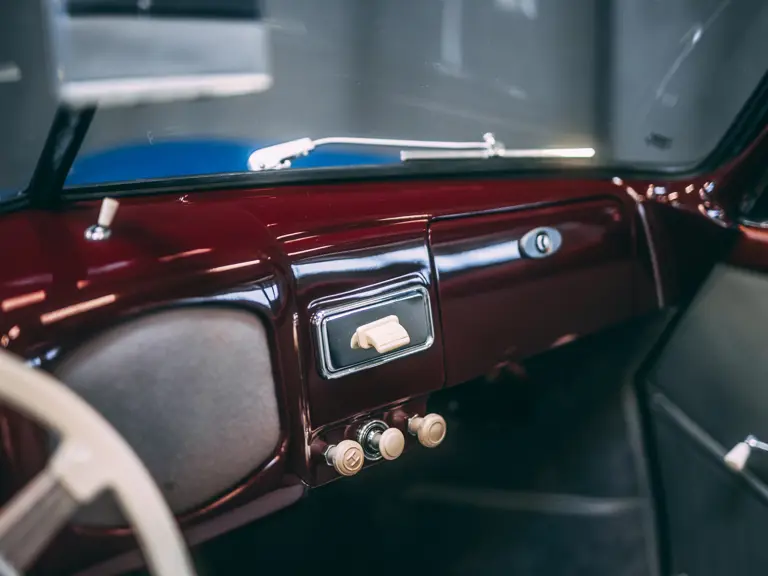
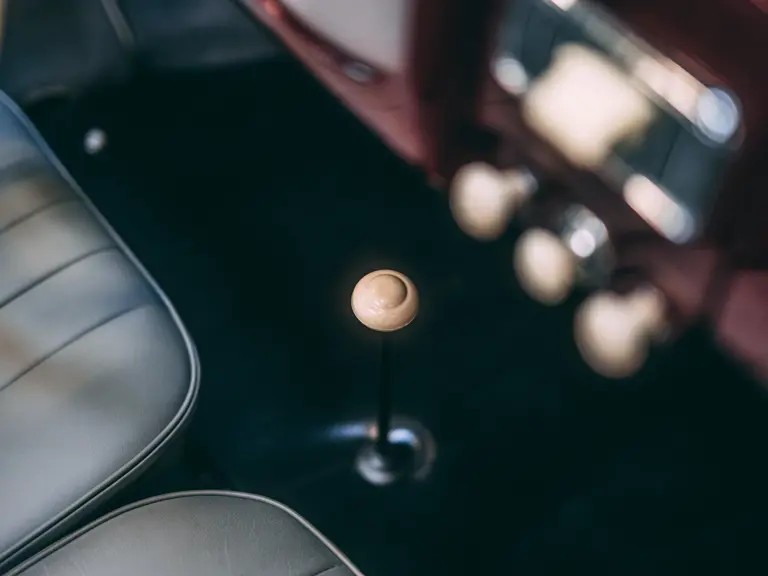
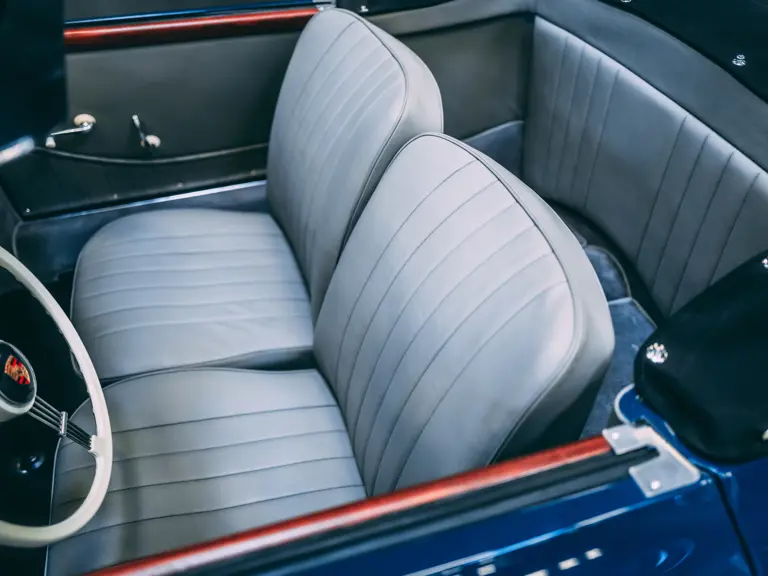
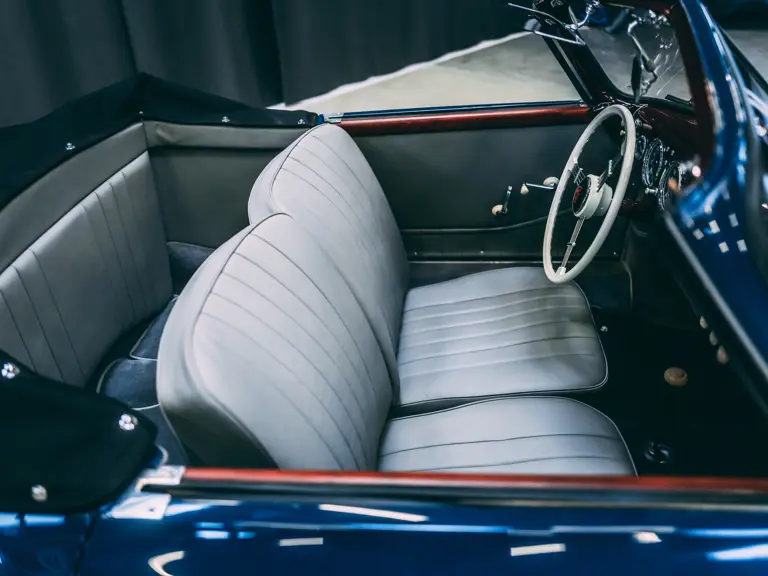

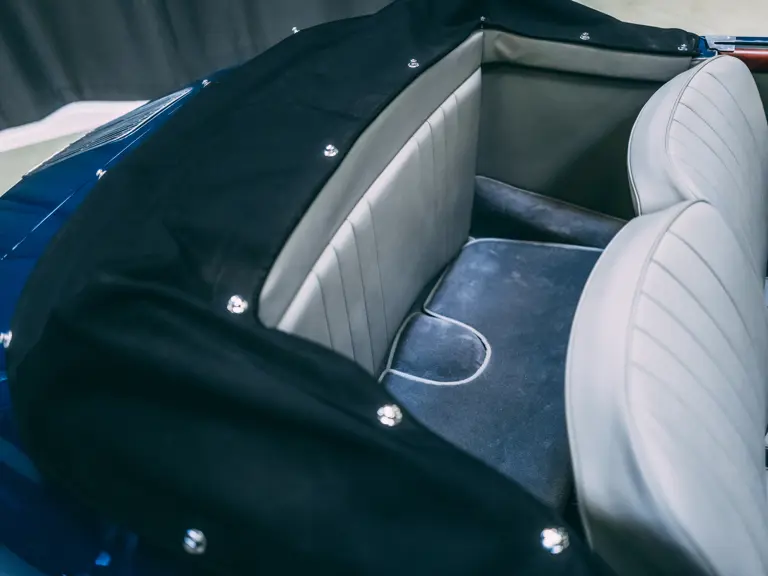

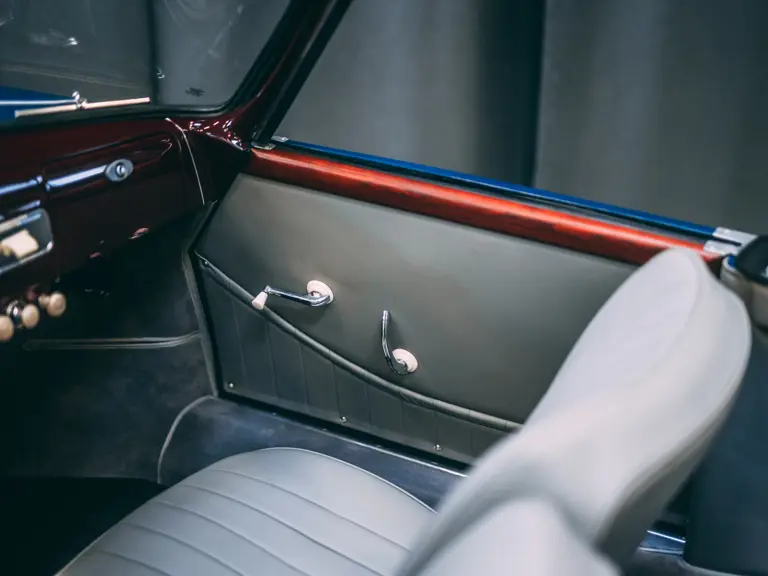
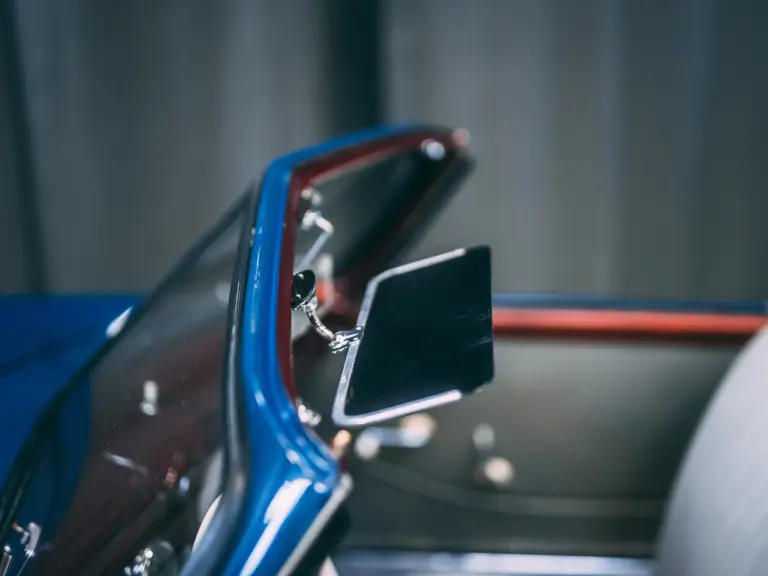

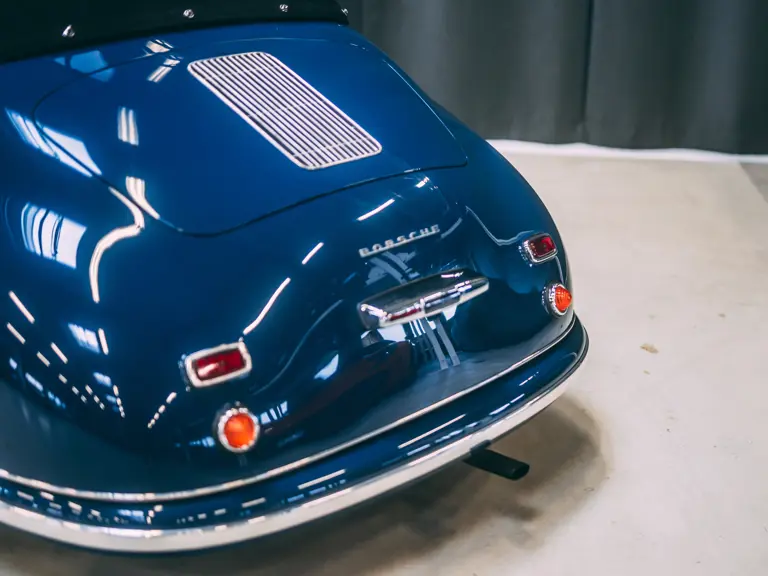
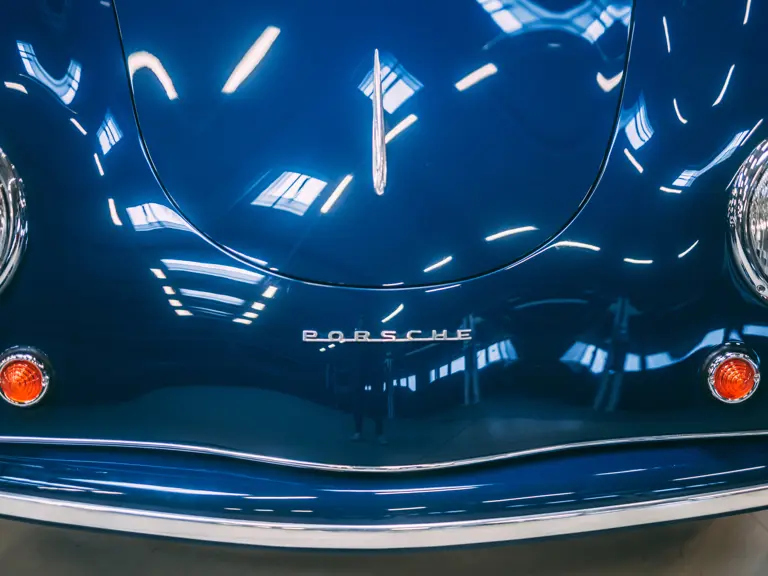
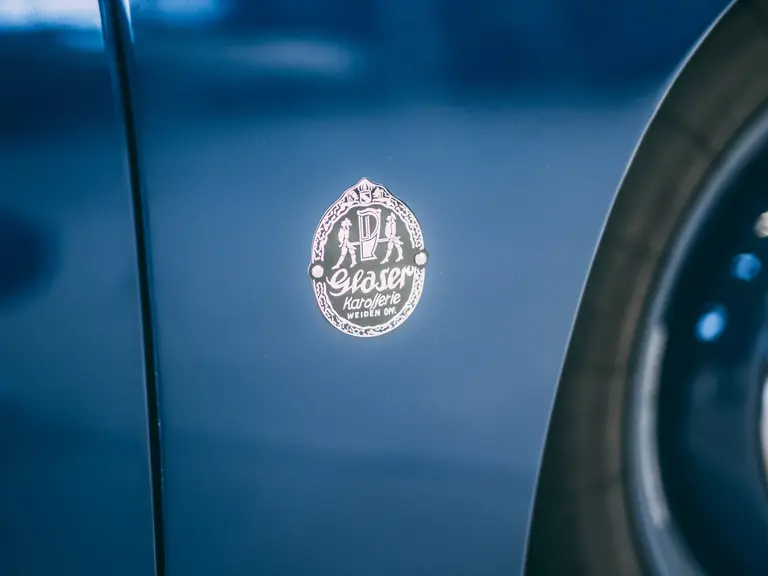
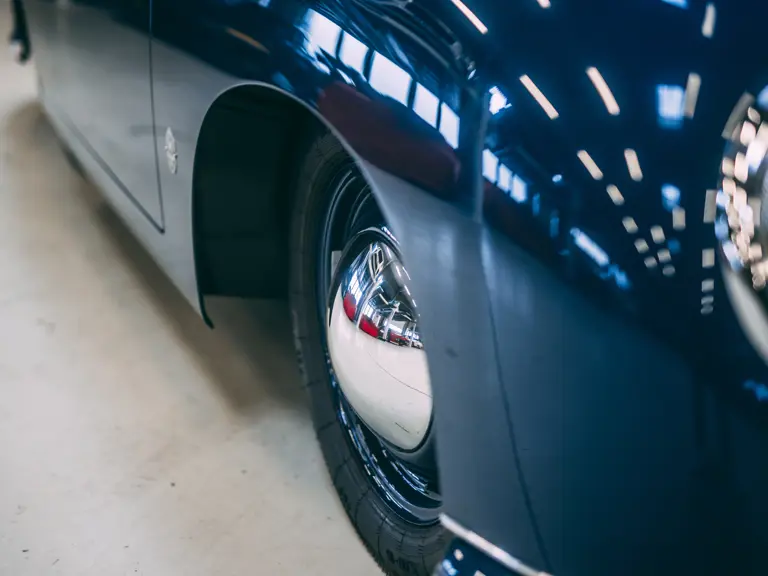
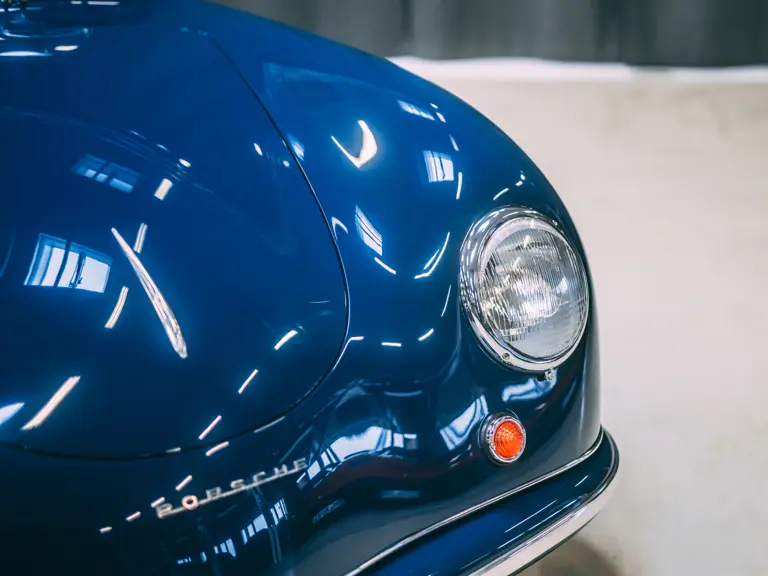
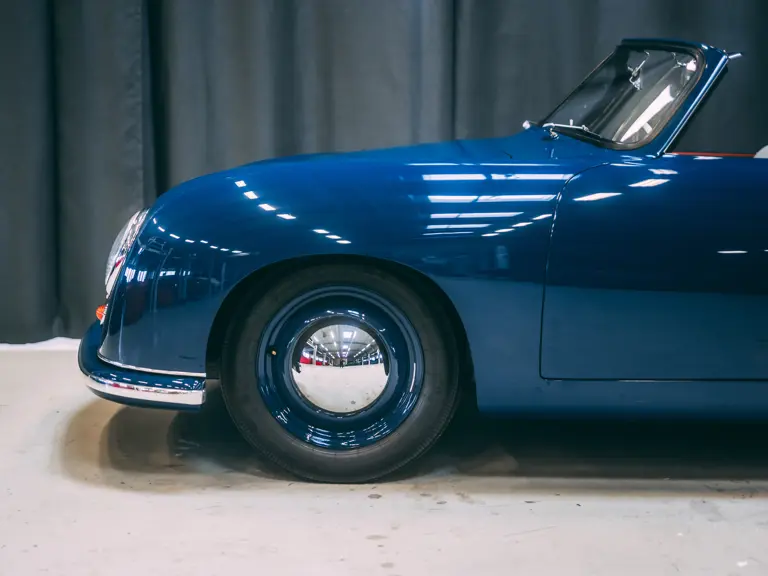
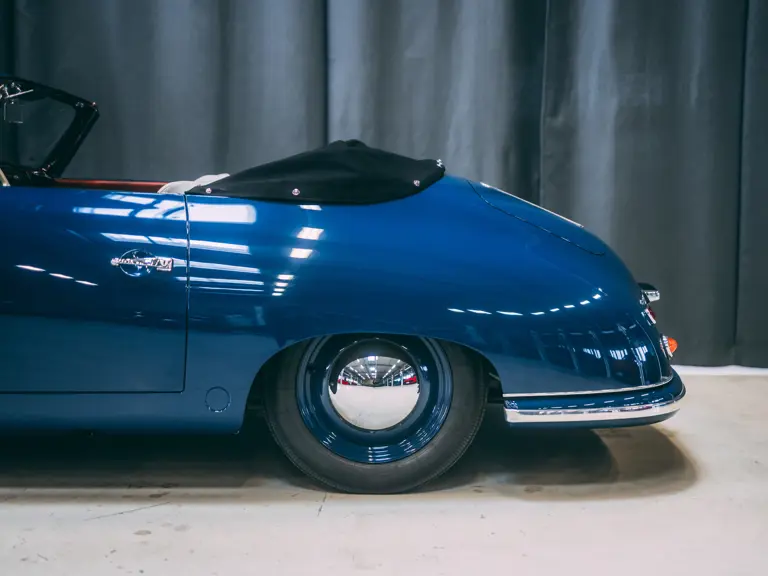
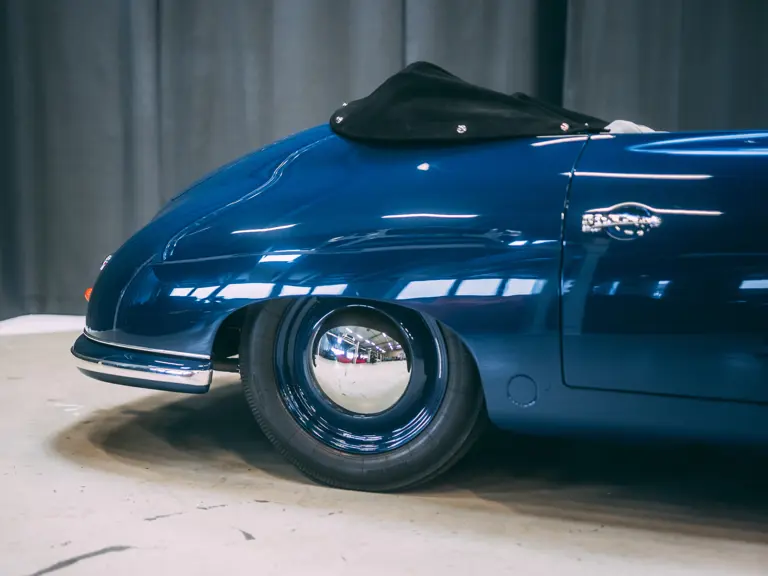

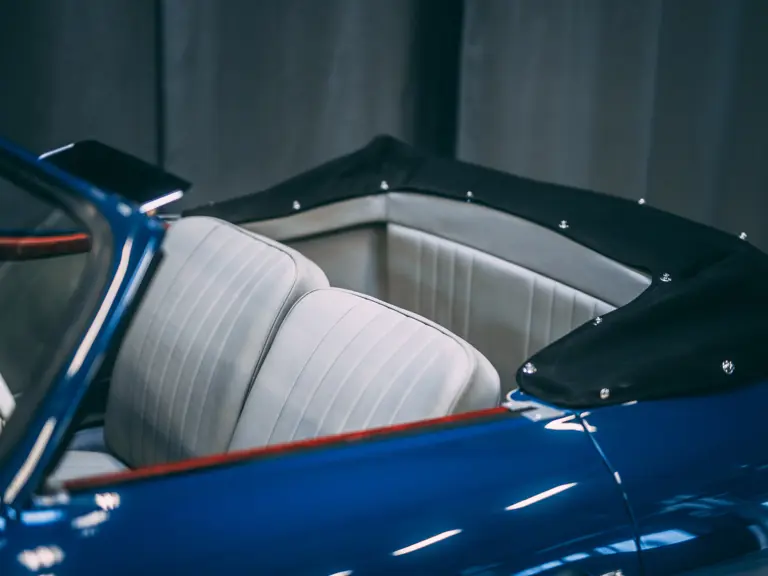
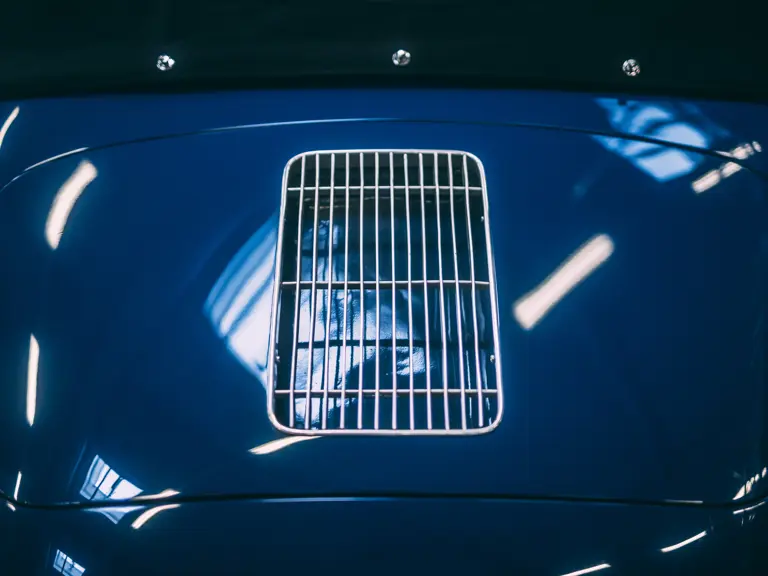
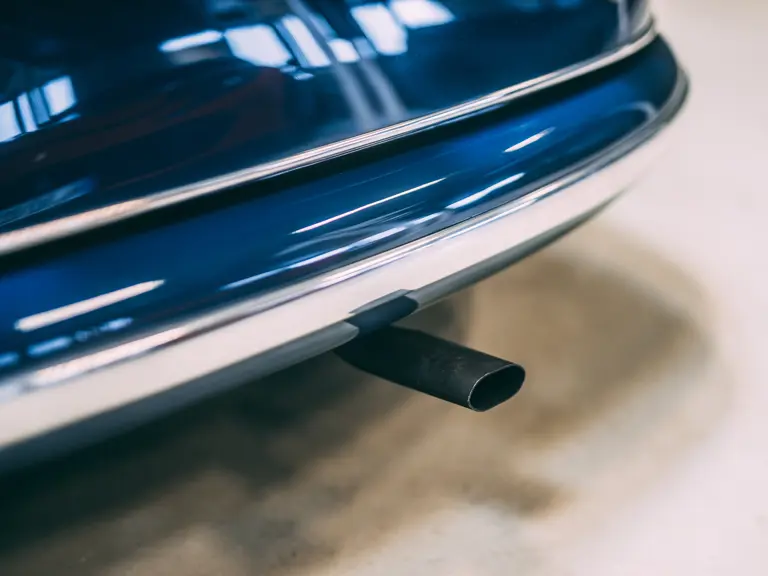
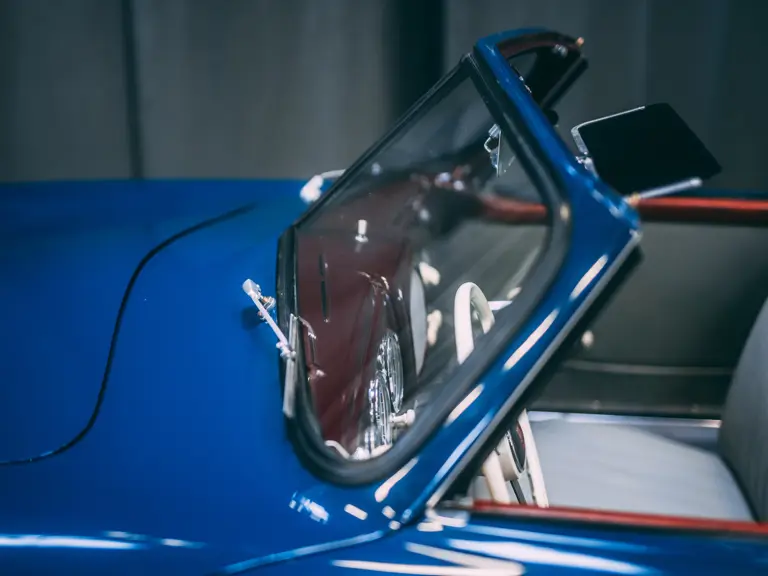
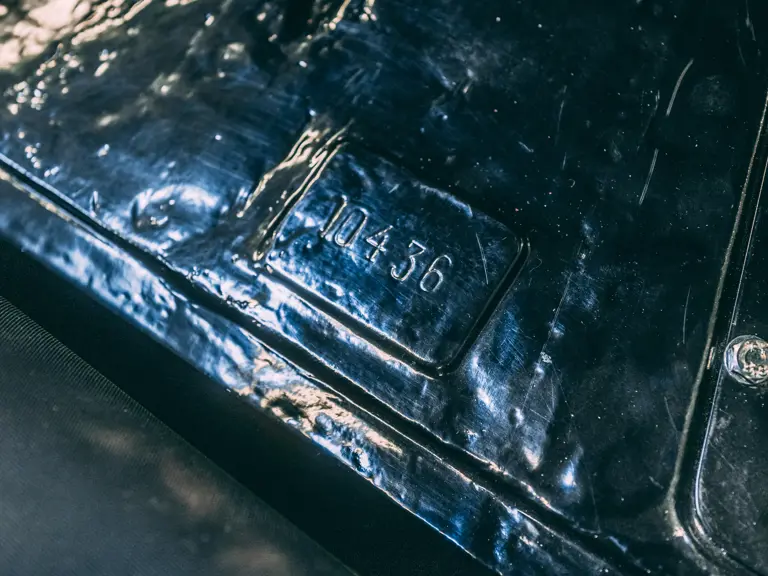
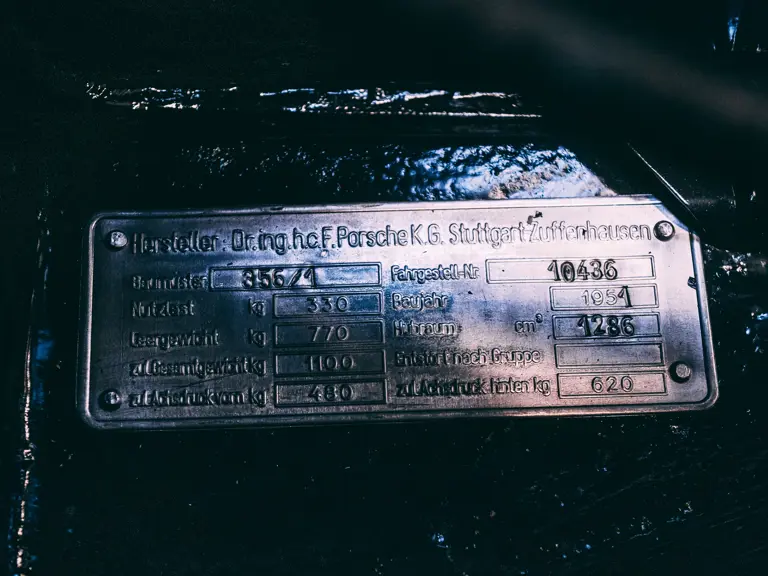
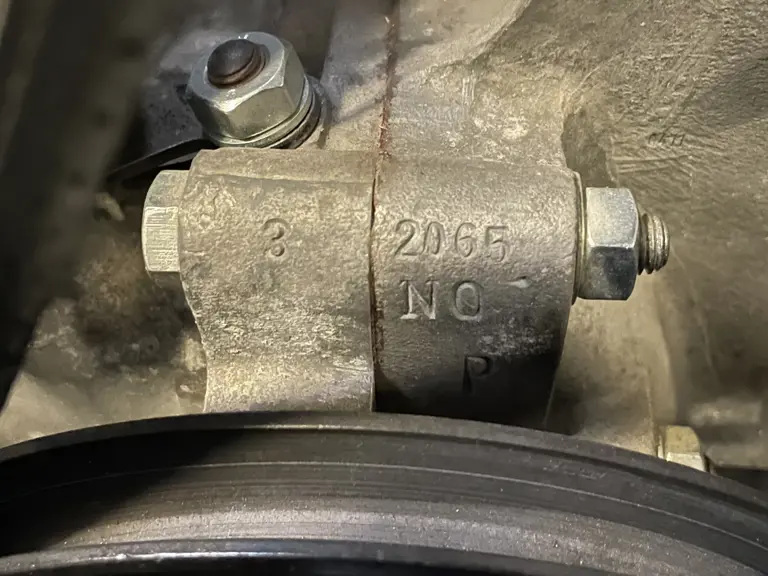
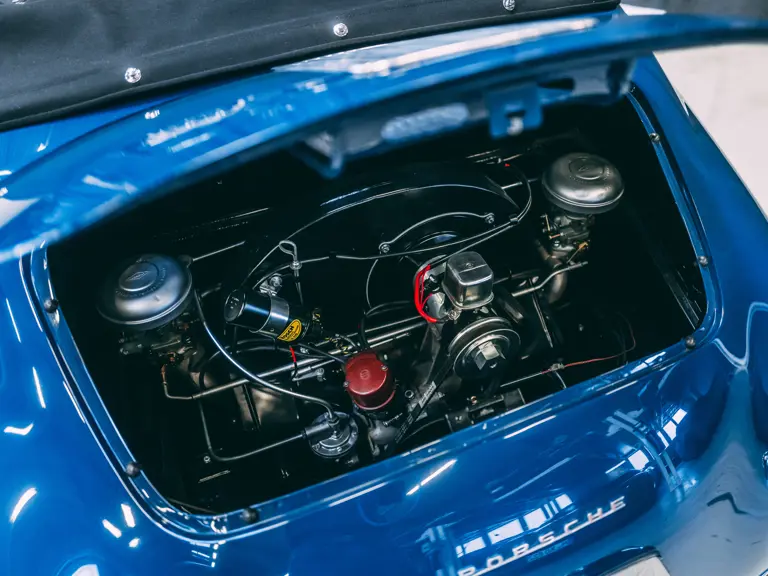

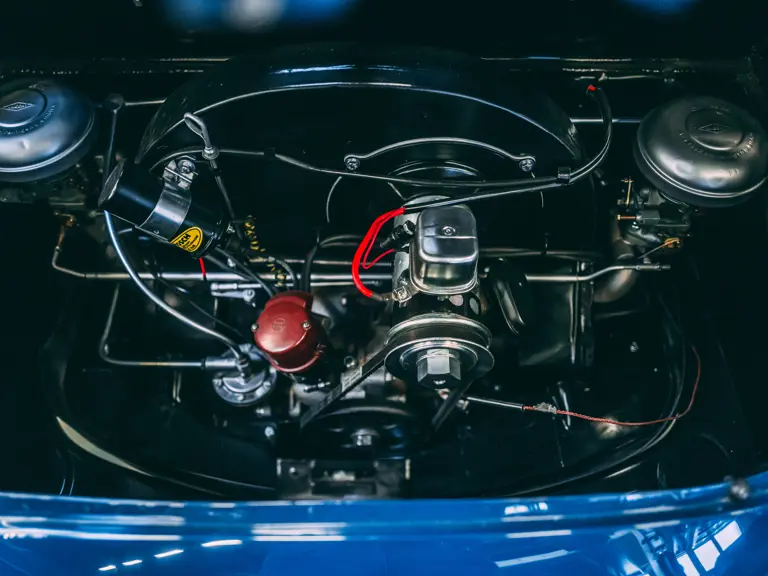
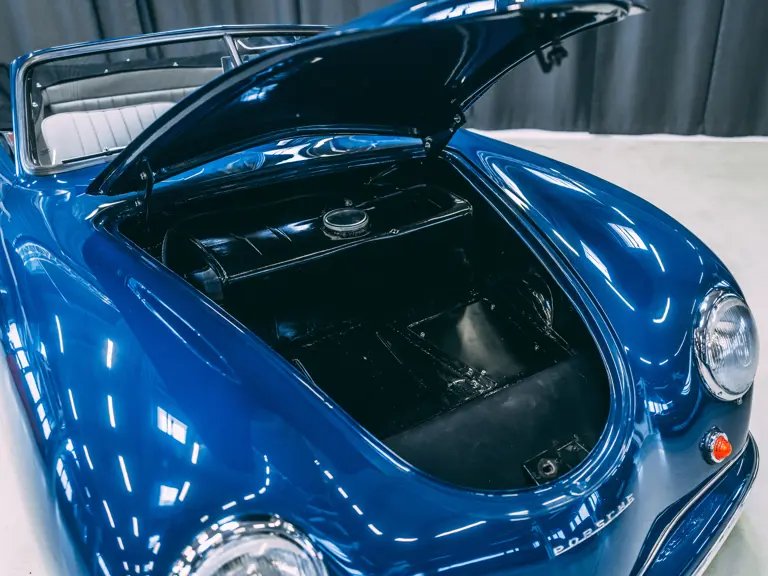
 | Monte Carlo, Monaco
| Monte Carlo, Monaco
